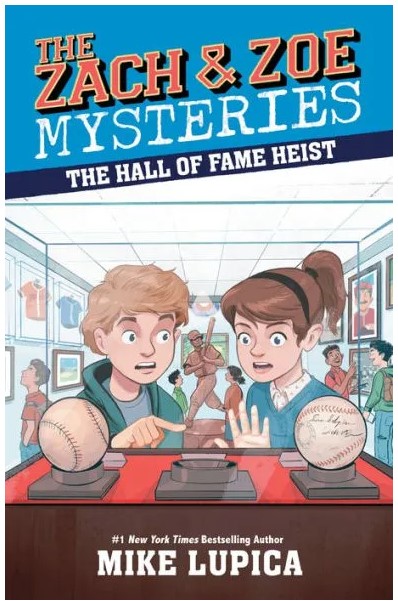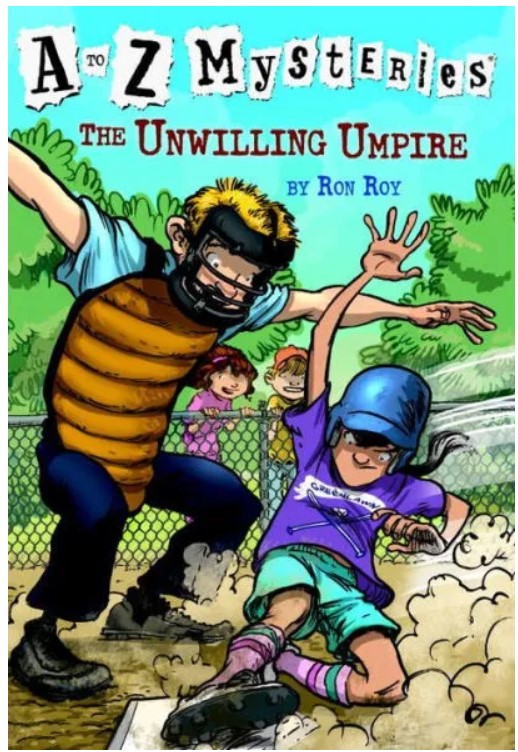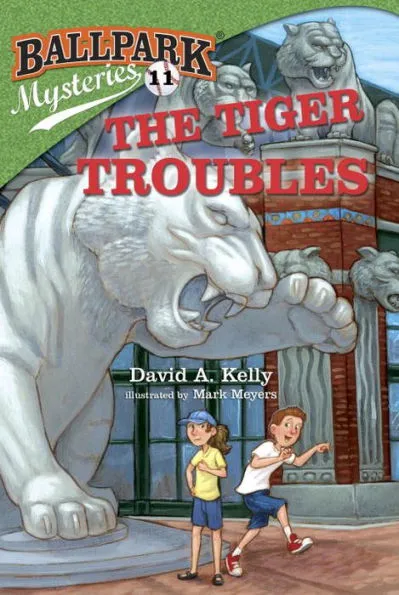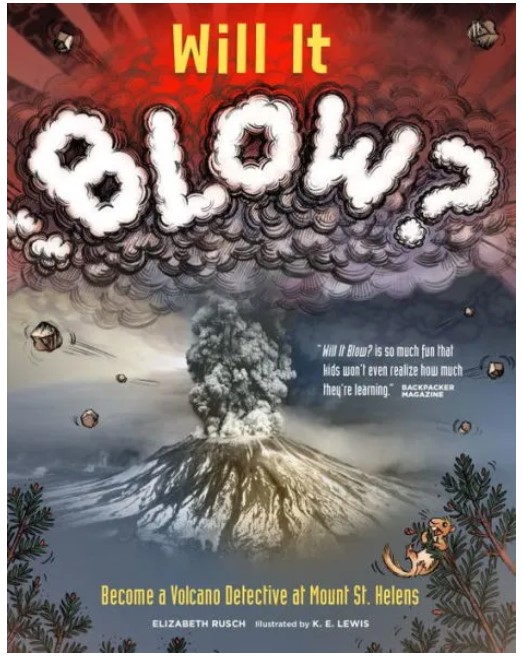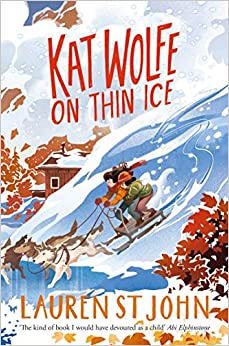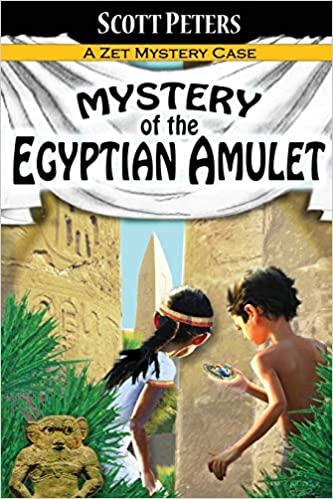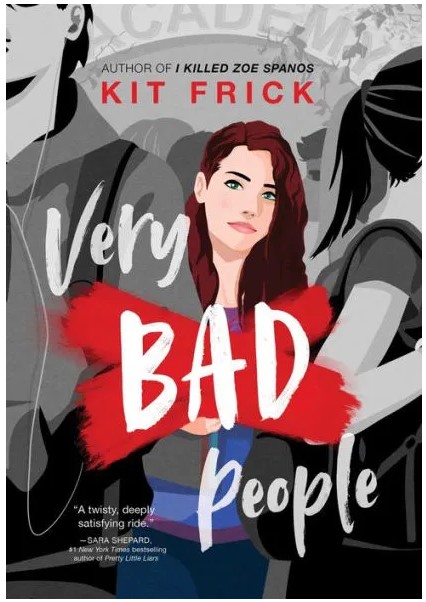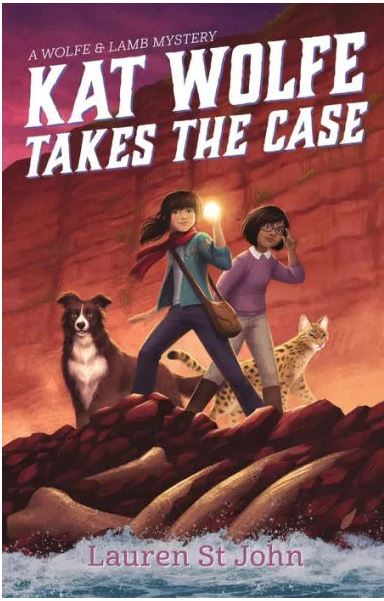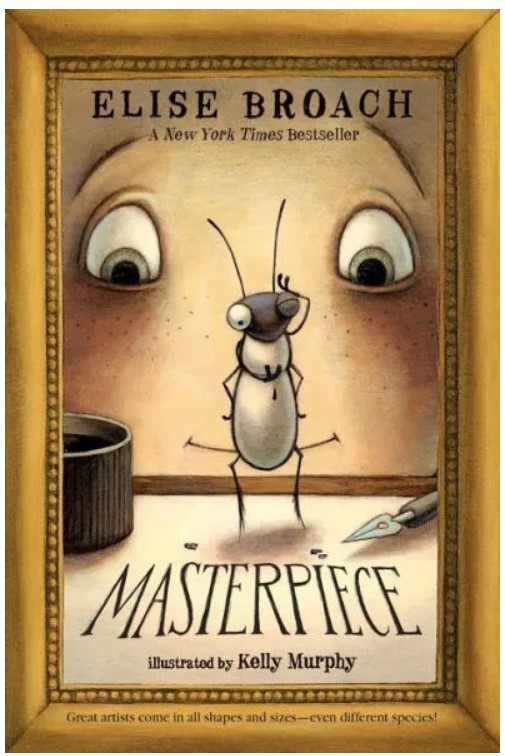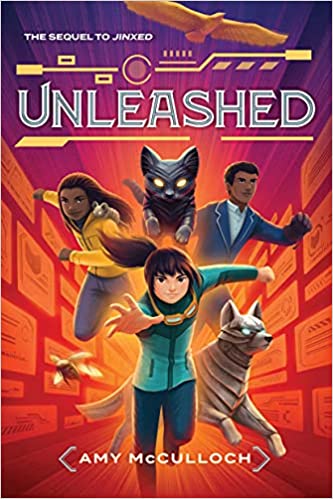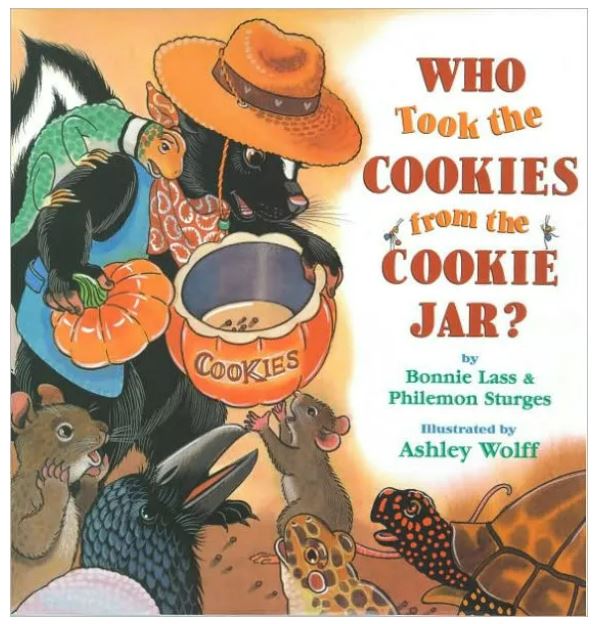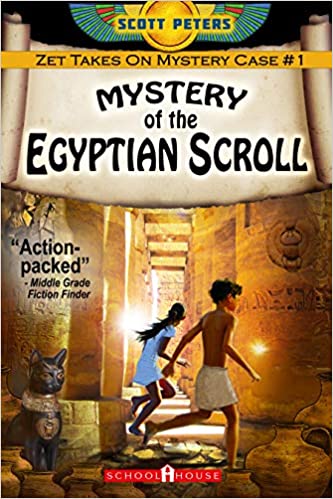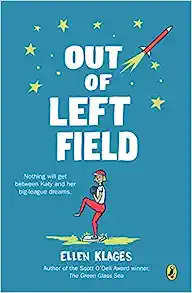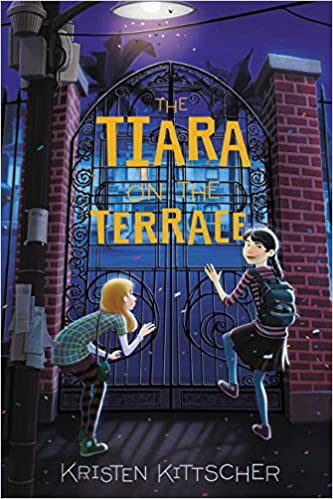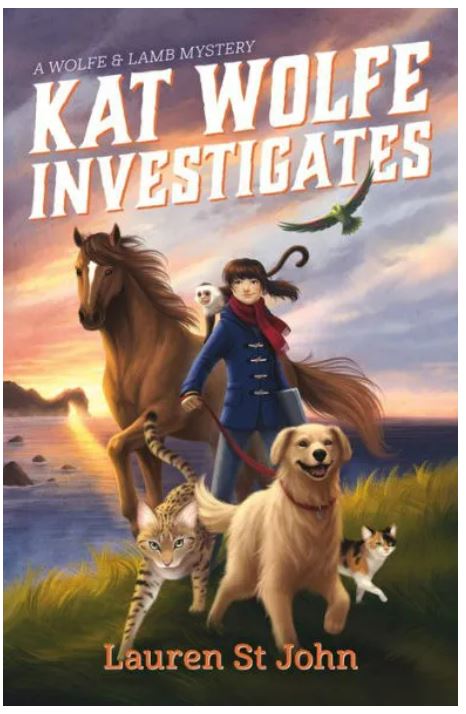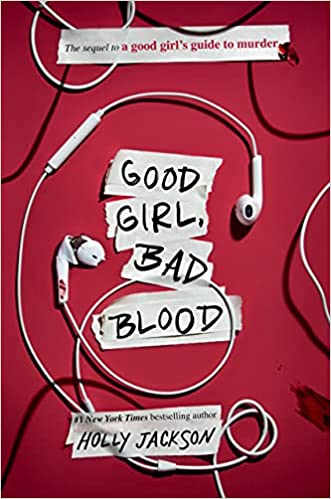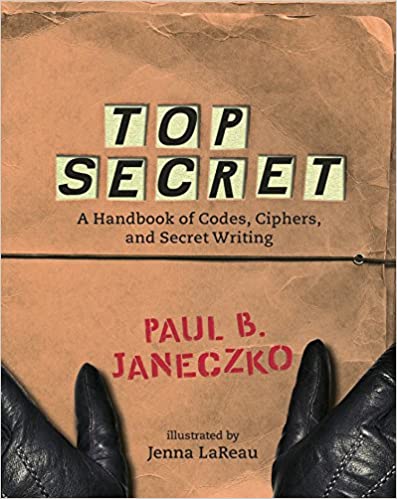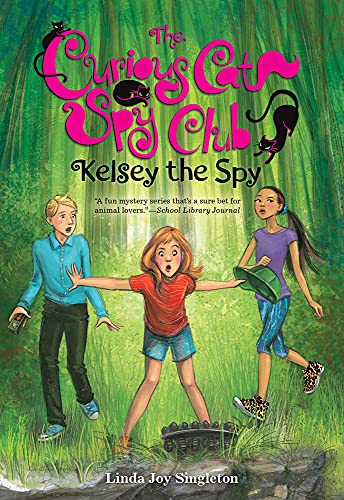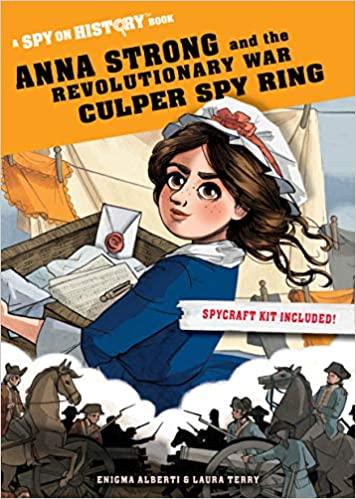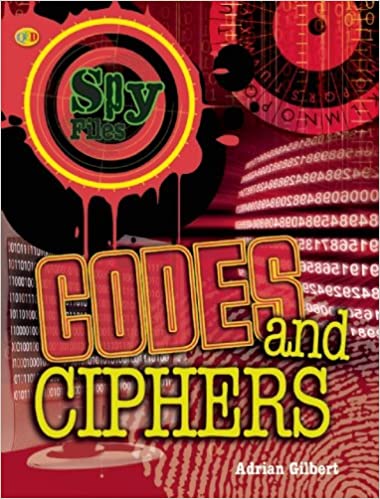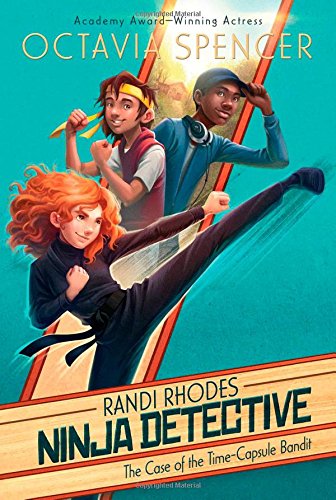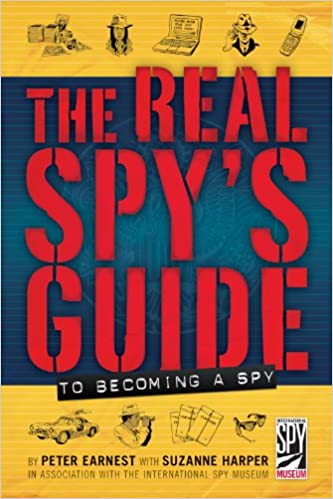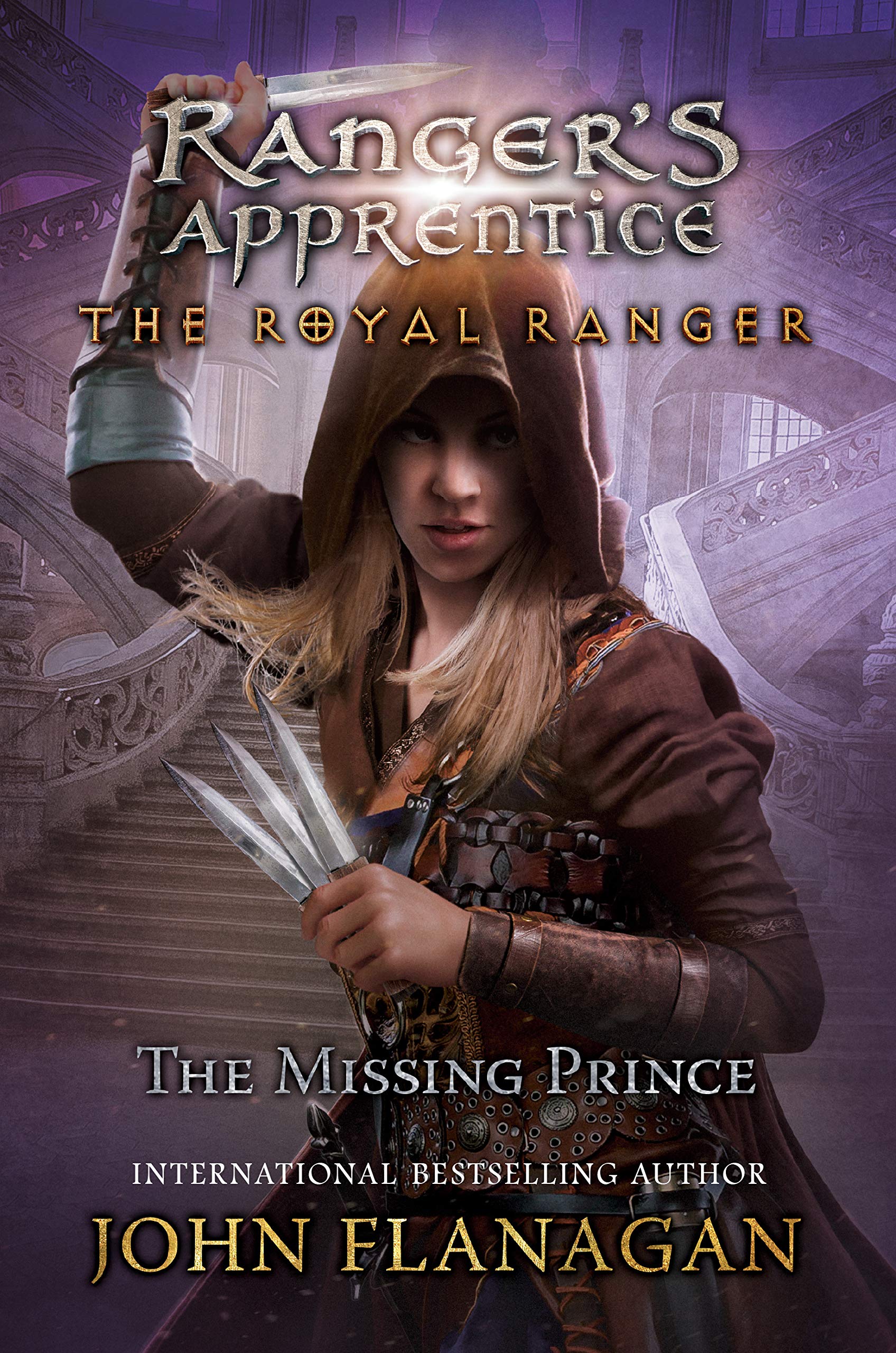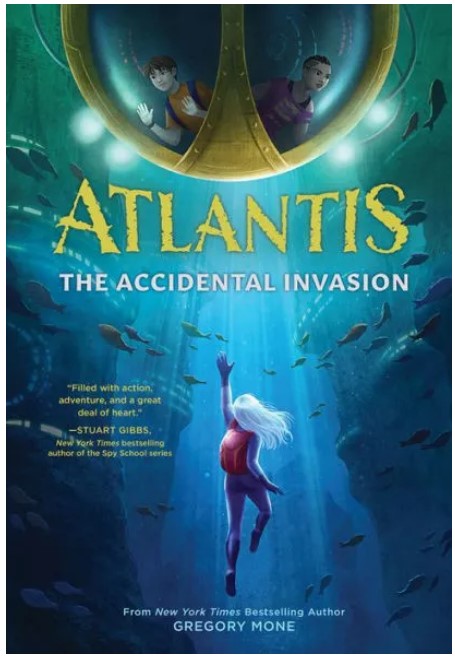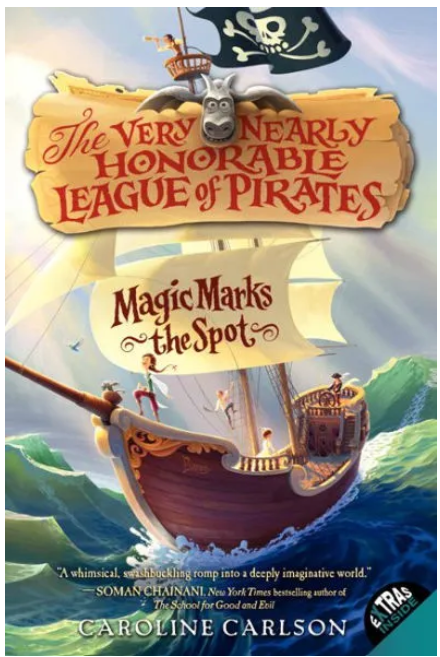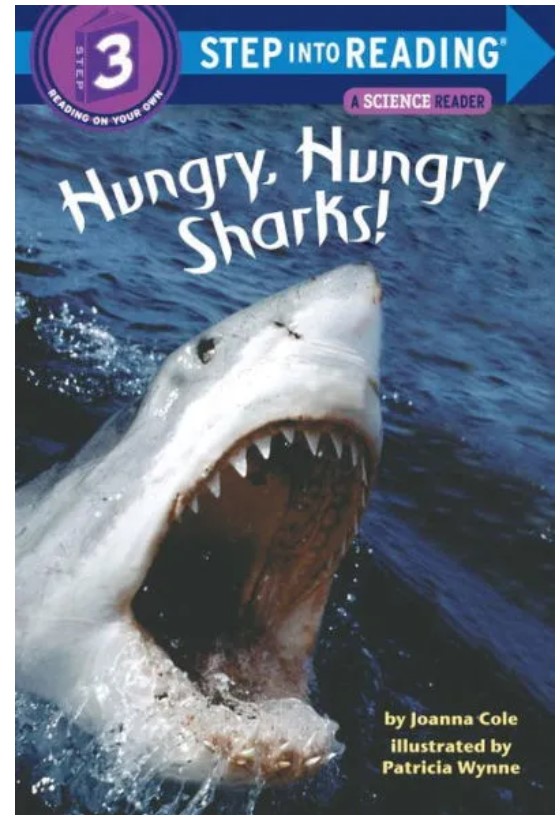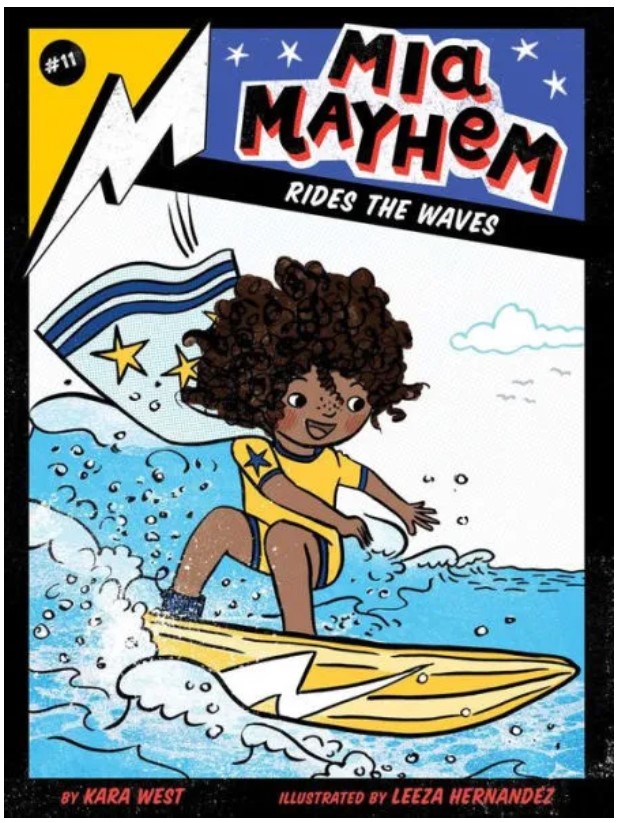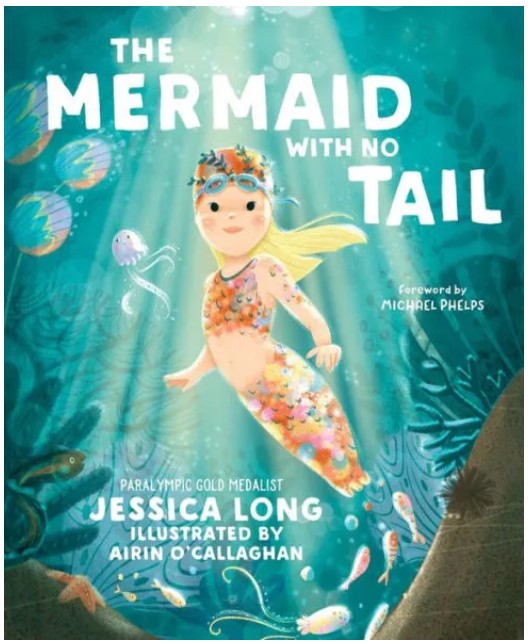After unearthing her town’s secrets and investigating and solving the murder of Andie Bell and Sal Singh, Pip Fitz-Amobi swears she is not a detective anymore.
Even though Pip has released a viral podcast about her investigation, with the help of her boyfriend Ravi Singh, she has put her investigating days behind her. Pip is still haunted by her past involvement in solving the case. “I almost lost everything,” she explains, “I ended up in the hospital, got my dog killed, put my family in danger, [and] destroyed my best friend’s life.” After seeing the lengths she went to investigate Andie’s and Sal’s murders, the obsessive, reckless, almost selfish person she became, and the damage it caused her and the people she loves, Pip never wants to be pulled back into investigating.
But the morning after the six-year anniversary of the deaths of Sal and Andie, the brother of Pip’s friend Connor, has gone missing. She feels she has no choice but to help find him. This time as Pip looks for Connor’s brother Jamie, she uncovers more of her town’s secrets, and now everyone is listening.
Good Girl, Bad Blood is a fantastic sequel to A Good Girl’s Guide to Murder. Like its predecessor, this book has fantastic twists and turns. Similar to the first book, Good Girl, Bad Blood has an interesting use of storytelling, combining the more traditional third-person narration with interview transcripts, Pip’s notes, images, maps, newspaper clippings, and more.
Picking up where A Good Girl’s Guide to Murder left off, Good Girl, Bad Blood deals directly with the events of the last book. Unlike other books in the murder mystery genre, this book examines the impact of traumatizing events on Pip and her friends and family. After Pip’s world has been turned upside down by uncovering the secrets surrounding Andie and Sal’s deaths, Pip is a changed person. She is more protective of those she loves and more careful with her actions. But Pip is also traumatized and scared, and she is haunted by the events she witnessed. Pip tries to make it seem like she is fine so she can support those around her, but in reality, Pip is lost. She is unsure of who she is and who she is becoming.
In the end, while Pip and her friends rescue Jamie and uncover a larger, more sinister plot in the process, Pip comes to terms with many of her flaws. She is not a “good” girl. “Maybe I’m selfish,” Pip says, “maybe I’m reckless and obsessive and I’m OK with doing bad things when it’s me doing them and maybe I’m a hypocrite, and maybe none of that is good, but it feels good. It feels like me . . .” Pip also recognizes that she needs more time to heal. She accepts that it’s okay to be angry at the injustices in the world, and it’s okay to not have a perfect answer to every problem. As Pip comes to terms with who she is, she is also shattered from witnessing violence and death as she watches someone get shot and then, unfortunately, fails to save them. Although Pip is forced to accept the cruelty of the world and the people in it, she is still traumatized and terrified by her experiences.
Overall, Good Girl, Bad Blood is a great sequel, with a dark, suspenseful story full of twists and turns and a fantastic cast of characters. Pip is strong-minded, courageous, and independent, but she is also flawed and broken. She continues to show readers that one does not have to fit into the perfect model society expects from you. It is okay to be angry at the world and its injustices and to grieve the loss of others, and to also grieve who you once were.
Sexual Content
- Ravi picks Pip up for dinner. Ravi is dressed nicely, and Pip “could smell aftershave too, as he stepped towards her, but he stopped short, didn’t kiss her on the forehead nor run a hand through her hair.” The pair begin to talk, and Ravi “[places] one hand on her waist, his warm fingers dancing up her ribs.” The scene cuts out before anything else happens between the two.
- The night of Ravi’s brother’s memorial, Ravi greets Pip and “[presses his] words into her forehead with his lips.”
- After an argument, Pip confronts Ravi about her feelings, explaining why she has been so distant lately. “She had barely finished speaking, but Ravi’s hand was against her face, cupped around her cheek, his thumb rubbing the rain from her bottom lip. He moved his fingers down to lift her chin and then he kissed her. Long and hard, their faces wet against each other, both trying to fight a smile.”
Violence
- Picking up where the first book in the series left off, Good Girl, Bad Blood, references much of the violence of A Good Girl’s Guide to Murder including the disappearance and death of Andie Bell, the murder of Sal Singh, and the kidnapping of Isla Jordan. Andie Bell was having an affair with her history teacher Elliot Ward, and when she went over to his house to talk one night, “an argument ensued. Andie tripped, hitting her head against his desk. But as Ward rushed to get a first aid kit, Andie disappeared into the night” and was declared missing.
- Thinking Andie must have died from her head injury, Ward killed Sal, Andie’s boyfriend, making “it look like suicide and planted evidence so police would think Sal killed his girlfriend then himself.” Months after this, Elliot Ward found who he thought was Andie on the side of the road, disheveled and incoherent. Ward kidnapped Isla, who he thought was Andie, for five years to continue to cover up his crimes.
- Andie was actually not killed directly by Ward, in fact, she was able to make it home that night, only to be confronted by her sister, Becca Bell. Becca had been drugged and sexually assaulted by Max Hastings (who is revealed to be a serial rapist), and later finds out that the drugs Max used were sold to him by her sister. The two “started arguing, pushing, until Andie ended up on the floor, unconscious and vomiting. . . Becca froze . . . watching Andie die, too shocked, too angry to save her sister’s life.” Becca hides Andie’s body “because she was scared no one would believe it was an accident.”
- After Pip tells the police about how important it is to look into Jamie’s disappearance, the police say, “We’ve got an actual high-risk case: an eight-year-old abducted from her backyard.” It is later revealed that the abduction was only a domestic dispute.
- After publishing the podcast, Pip’s life changed. “The anonymous death and rape threats still came in weekly, comments and tweets calling her an ugly, hateful bitch.” Pip explains internet trolls comment on almost everything Pip posts. These hateful comments continue after she posts about Jamie. Pip gets comments saying “I killed Jamie Reynolds,” “Who will look for you when you’re the one who disappears?” and “I killed Jamie and I’ll kill you too, Pip.”
- As Pip goes to the old, abandoned farmhouse on the edge of town in search of Jamie, she remembers this is “the place where Becca Bell had hidden her sister’s body for five and a half years. Andie had been right here all along, decomposing in the septic tank.”
- As the investigation into Jamie’s disappearance continues, theories pop up online about what happened. Connor angrily tells Pip about what he is reading. “They think my dad killed Jamie . . . They’re saying [Connor’s dad] took the knife from our house and followed Jamie down Weevil Road. Killed him, cleaned and dumped the knife, and hid his body temporarily. That he was still out when I got home around midnight because I didn’t ‘actually see’ my dad when I got in. And then he was absent last weekend because he was out disposing of Jamie’s body. Motive: my dad hates Jamie because he’s ‘such a fucking disappointment.’”
- Six days after Jamie goes missing “a dog walker discovered [a] body at about six a.m. . . . in the trees beside I-95, between Fairview and Stamford.” The radio reports “Officers are still at the scene. The deceased is as yet unidentified but has been described as a white male in his early twenties.” Worried, Pip rushes to Connor’s house to see if the body is Jamie’s, but they find out it is not.
- It is revealed that Jamie was kidnapped by Stanley Forbes, who is in the witness protection program because his father was a “serial killer. He killed children. And he made his young son, Child Brunswick [Stanley], help him lure out the victims.” Over the years “six children disappear . . . Their burned remains were later discovered buried along the shore of Lake Ontario, all within one mile of each other. The cause of death in each case was blunt force trauma.”
- As Pip questions him, Stanley explains that Jamie confronted him about his identity. Stanley explains, “the next thing I know, Jamie lunges at me with a knife. I managed to get out of the way and knock the knife out of his hands. And then we were fighting, out by those trees beside the house . . . I push Jamie off, into one of the trees, and he hits his head, falls to the ground. I think he lost consciousness for a few seconds and after that he seemed a little dazed, concussed.” Not wanting to have to move again, Stanley kidnapped Jamie because he “just needed time to think about what to do. I was never going to hurt him.”
- Charlie, the brother of one of the victims who was killed by Stanley’s father, tricked Jamie into helping him. Charlie made Jamie believe he was a girl who had a stalker “threatening to kill her.” In reality, Charlie is trying to have Jamie kill Child Brunswick (Stanley) for him.
- Charlie finds Pip and Stanley talking in the old barn and Charlie pulls a gun on Stanley. Three months after his sister was found, Charlie explains how his “dad hanged himself. I was the one who found him, after school. My mother couldn’t cope and turned to alcohol and drugs to numb everything out. I almost starved. Within a year I was removed from her care and sent from foster family to foster family . . . By seventeen, I was living on the streets.”
- As Charlie holds Stanley at gunpoint, Pip steps in front of Stanley, pleading to Charlie, “Please don’t shoot.” To protect Pip, Stanley pushes her away. Pip pleads with Charlie more, but he does not budge. “Charlie looked at [Pip], watched her crying. And then he lowered the gun. [Charlie] took two heavy breaths. . . then Charlie fired. The sound ripped the earth out from under Pip. . . He fired again. And again. And again. Again. Again. Until they were just empty clicks. Pip screamed, watching Stanley stagger back off his feet, falling hard against the floor.” Pip tries to save Stanley by performing CPR and placing pressure on the wounds. As she tries to help him, the building bursts into flames and smoke fills the room. “The smoke was getting lower and darker . . . Pip coughed with every breath. But she didn’t let go of him. She held on and she pulled” Stanley out of the burned building. Outside, on the grass, she continues to perform CPR, trying to save Stanley, but unfortunately, Stanley dies. This scene is rather vivid and lasts over a few pages.
Drugs and Alcohol
- On her podcast, Pip recounts the trial of Max Hastings and how he drugged his victims. An “expert witness . . . [talked] about the effects of benzodiazepines like Rohypnol . . . The drug acts like a sedative and can have a depressant effect on the body’s central nervous system . . . It feels almost like being separated from your own body, like it just won’t listen to you, your limbs aren’t connected anymore.” Two women who were assaulted by Max, explained they “both only had one or two alcoholic drinks the nights of the” attacks.
- The night after the memorial, Cara, Pip’s best friend, went to a party and “was so drunk she couldn’t speak in full sentences, not even half sentence, or quarter, broken up by cries or hiccups.” Pip picked up a “drunken, sobbing Cara.” The next morning, Cara texts Pip: “Urgh, been throwing up literally all day.”
- The night he went missing at a party, Jamie “went outside to have a cigarette.”
- People send Pip videos of the party Jamie went to. One video showed two of Pip’s classmates “downing two bottles of beer” and later playing beer pong.
- When Pip tells her parents she is investigating Jamie’s disappearance, they are angry. Pip’s mom reminds her, “you ended up in the hospital, Pippa, with an overdose. They had to pump your stomach.”
- Another witness tells Pip they saw Jamie after they “went to [their] buddy’s house on Weevil Road for some takeout and beers.”
- As Pip stakes out the abandoned barnyard, she encounters three teenagers who regularly hang out there. Pip recognizes one who was “buying drugs from Howie Bowers last year.” She sees all three of them smoking cigarettes. After questioning them, Pip learns that they “carry drugs across state lines” for a local drug dealer and in return get “weed for free.”
Language
- Profanity is used often throughout this book. Profanity includes shit, fuck, bitch, and ass.
Supernatural
Spiritual Content
